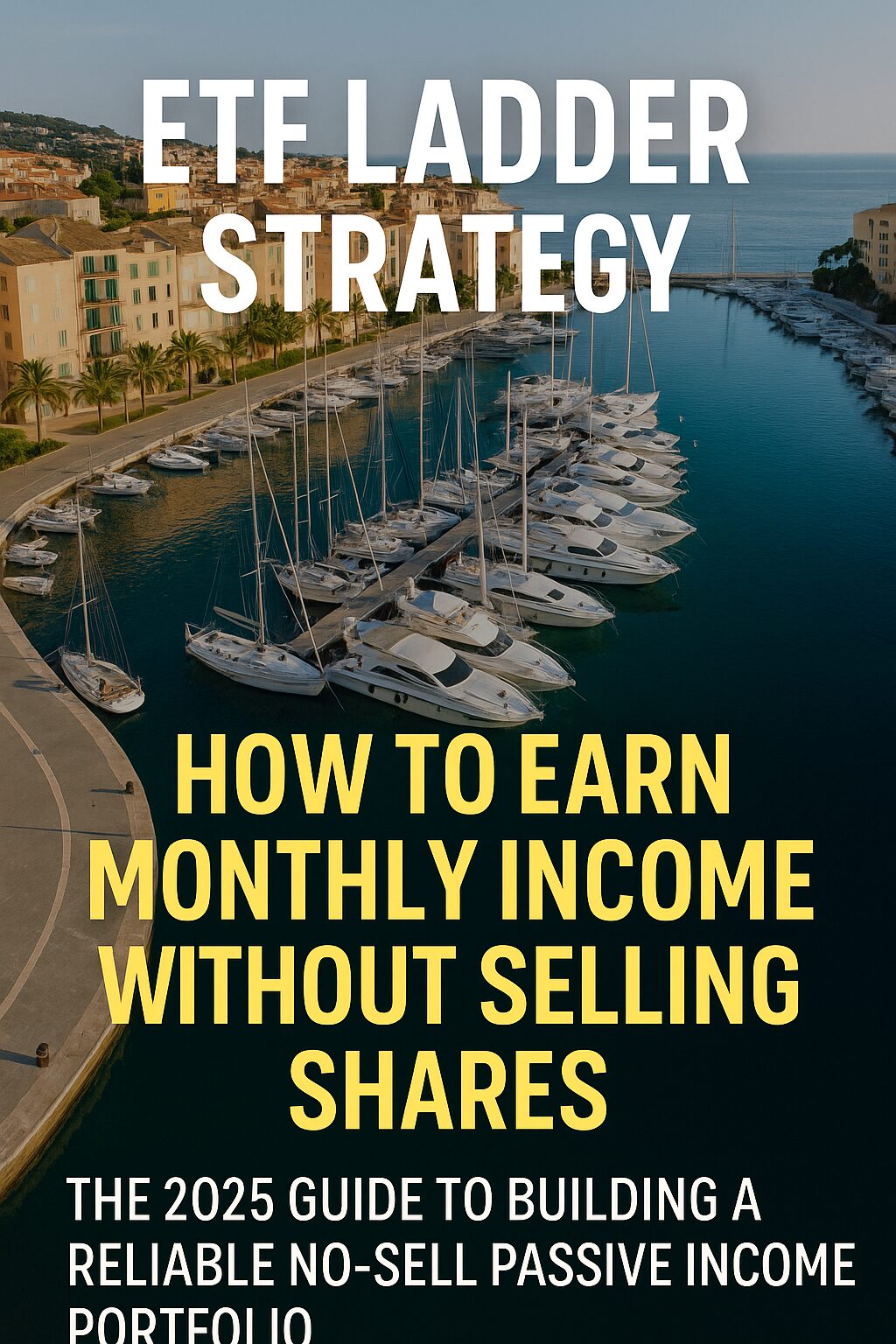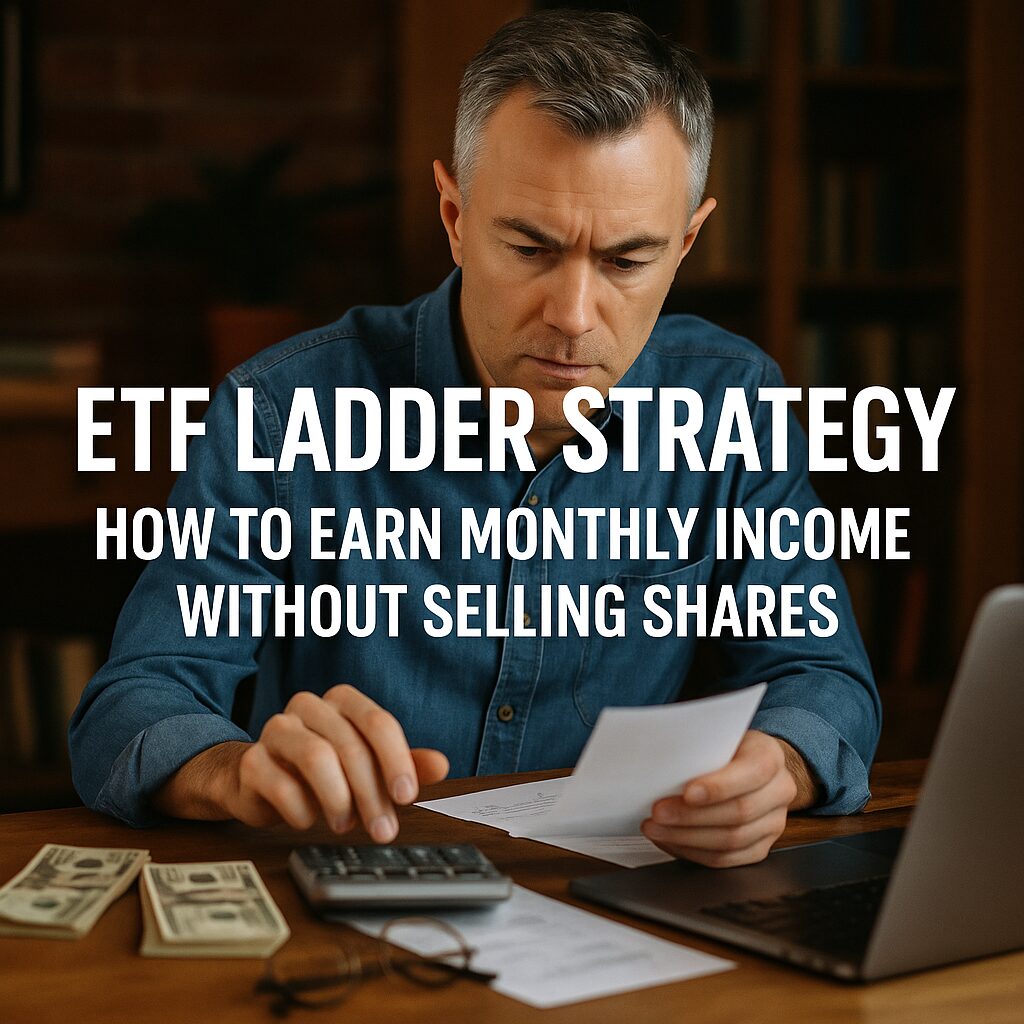Retiring early is no longer a dream reserved for the ultra-rich. With the right income strategy—especially through dividend-paying stocks—average investors around the world can start generating enough passive income to leave their 9-to-5 behind. In this article, we break down a realistic plan to earn $3,000 per month using dividend stocks by 2025, even if you’re starting from scratch.
Why Dividend Stocks for Early Retirement?
Dividend stocks pay investors a portion of the company’s earnings regularly, usually quarterly or monthly. Unlike capital gains, which require selling stocks to realize profits, dividends offer recurring income without reducing your asset base. This makes them ideal for early retirees looking for sustainable cash flow.
Key Benefits:
- Regular Income: Monthly or quarterly payments
- Tax Efficiency: Qualified dividends often taxed lower than wages
- Wealth Preservation: You don’t have to sell shares to access money
- Inflation Hedge: Many dividend stocks raise payouts over time
Step 1: Define Your Monthly Income Goal
We’re targeting $3,000/month in passive income. That translates to $36,000/year.
To achieve that with dividend stocks, we need to determine the required portfolio size based on an average yield. Here’s the formula:
Required Portfolio = Annual Income Goal / Dividend Yield
Example:
If you invest in stocks averaging a 5% annual yield:
$36,000 / 0.05 = $720,000
So, a $720,000 dividend stock portfolio yielding 5% will generate $3,000/month.
Step 2: Choose the Right Dividend Stocks
What to Look For:
- Consistent Payout History: 10+ years of stable or growing dividends
- Dividend Yield: Aim for 4% to 6% range
- Payout Ratio: Below 70% is preferred
- Strong Fundamentals: Healthy balance sheets and positive free cash flow
Top Dividend Stock Categories:
- Utilities (e.g., Duke Energy, Consolidated Edison)
- Telecom (e.g., Verizon, AT&T)
- Consumer Staples (e.g., Procter & Gamble, PepsiCo)
- REITs (e.g., Realty Income, WP Carey)
- Energy (e.g., Enbridge, Chevron)
Diversification across these sectors can smooth income and reduce risk.
Step 3: Build Your Portfolio Over Time
You don’t need $720,000 today. You can grow your portfolio steadily through a plan called dividend snowballing.
How It Works:
- Invest regularly (monthly or quarterly)
- Reinvest dividends to buy more shares
- Watch your dividend income grow exponentially
Example Timeline (Starting from $0):
- Save and invest $2,000/month for 10 years
- Assume 7% total return (price appreciation + yield)
- Portfolio grows to ~$350,000 – $400,000
- With DRIP (Dividend Reinvestment Plans), you hit income milestones faster
If you have more to invest early, the timeline compresses significantly.
Step 4: Use Tax-Advantaged Accounts
Maximize returns by using retirement accounts that offer tax benefits:
- U.S.: Roth IRA, 401(k) with dividend ETFs or stocks
- Canada: TFSA and RRSP
- U.K.: ISA (Individual Savings Account)
These shelters protect dividend income from immediate taxation, helping your money compound faster.
Step 5: Prepare for Early Retirement Logistics
Retiring before traditional retirement age means:
- No Social Security (or country-equivalent) for a while
- Healthcare becomes a major personal expense
- You must cover all living costs through investments
Solutions:
- Buffer Fund: 1-2 years of expenses in cash or bonds
- Health Insurance: Research country-specific early retirement options
- Geoarbitrage: Live in lower-cost countries to stretch your income
Realistic 2025 Portfolio Example
Let’s build a sample portfolio that yields ~5%:
| Ticker | Company | Yield | Allocation |
|---|---|---|---|
| O | Realty Income | 5.1% | 25% |
| ENB | Enbridge | 6.8% | 20% |
| VZ | Verizon | 6.6% | 15% |
| PG | Procter & Gamble | 2.5% | 15% |
| DUK | Duke Energy | 4.4% | 15% |
| PEP | PepsiCo | 3.0% | 10% |
Total Yield: ~5.0%
Total Value Needed: ~$720,000
Final Thoughts: Start Small, Think Big
You don’t need to be wealthy to retire early. But you do need a plan, consistency, and the discipline to keep investing. Dividend investing isn’t about flashy short-term gains—it’s about sustainable long-term income. Whether you’re 25 or 55, starting today puts you on a path to true financial independence.
Make your money work for you—so you don’t have to work forever.


